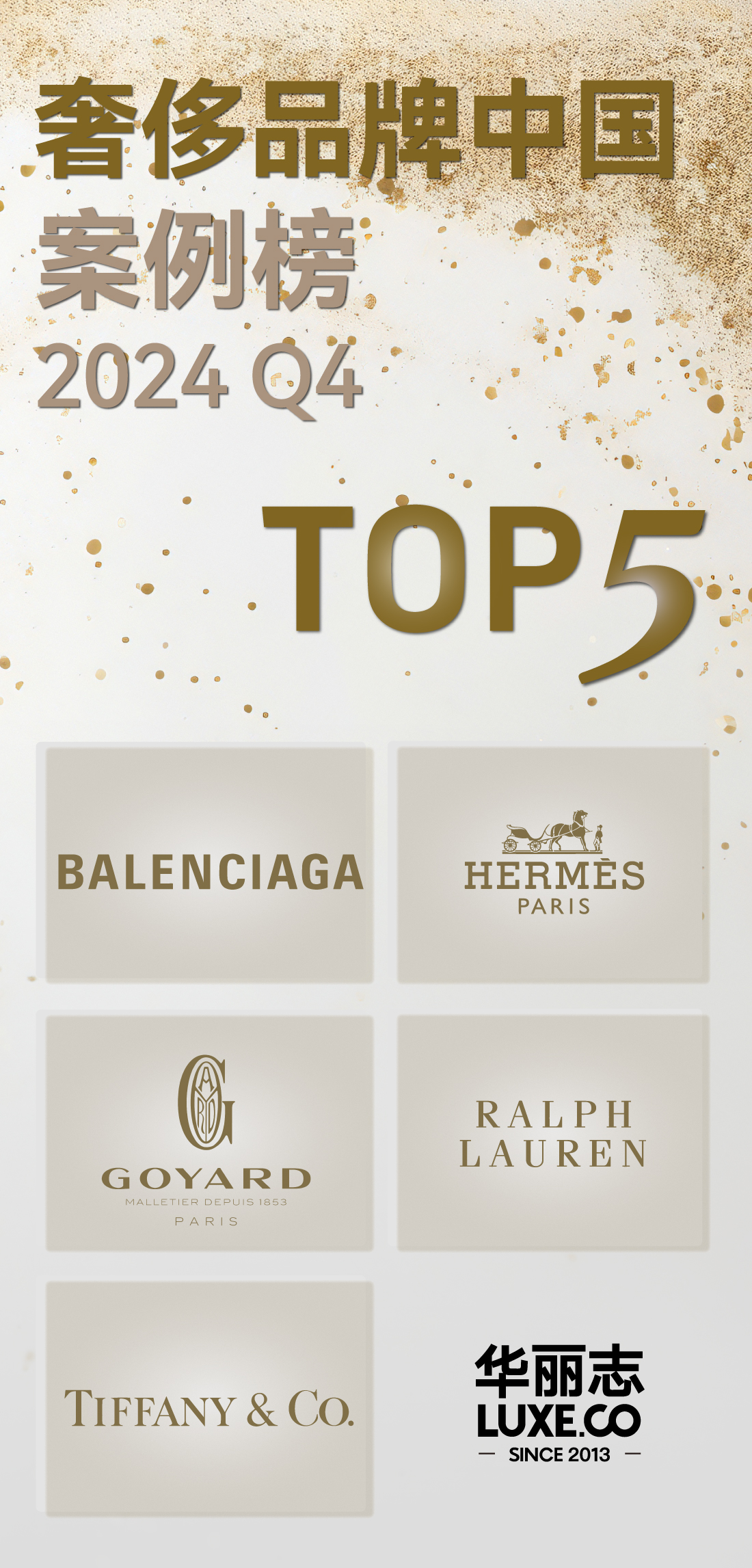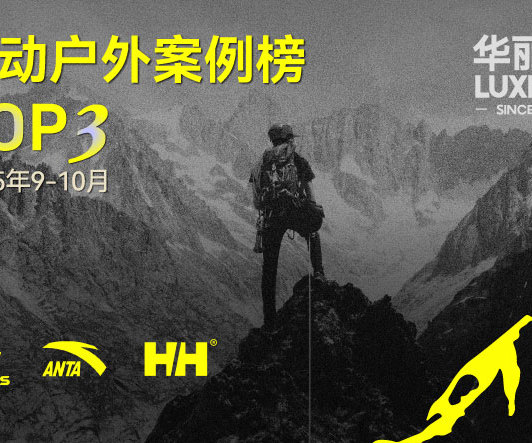In the early hours of October 5 Beijing time, Balenciaga’s new Creative Director debuted his first collection at the Kering Group headquarters in Paris.
Under Pierpaolo Piccioli’s direction, Balenciaga once again staged a complete “rebellion” against its past—though, compared to the style of his predecessor Demna, this rebellion is significantly more gentle.
If Demna’s decade-long tenure represented a radical deconstruction of traditional fashion aesthetics, then Pierpaolo Piccioli’s new chapter is a profound response to the AI era and the digital tide—a rebellion through the return to humanism.
Note: In July 2025, Pierpaolo Piccioli was appointed as Creative Director of Balenciaga. Demna served as Artistic Director from October 2015 to July 2025.

“HUMAN”: A Contemporary Return to Humanism
— A Torch Passed Through Humanism
Amid the ever-changing world of fashion, where countless legends are born, brands serve as the visible stream of shifting trends. Yet it is the creative directors who wield the true pen behind the brand’s narrative.
At the Summer 26 show, Balenciaga revisited iconic elements from its archives: Cristóbal Balenciaga’s Baby-doll dresses, Nicolas Ghesquière’s oversized equestrian jackets and “floral armor,” and Demna’s denim shorts and chunky flip-flops.
Though Demna’s playful anti-establishment attitude no longer dominates, the Balenciaga presented here still maintains a strong identity—merging the most vital elements of the brand’s heritage with the contemporary image shaped by successive creative leads.
As Pierpaolo Piccioli recently stated in a media interview, “The story of Balenciaga is made up of designers I deeply respect. This is a torch being passed.”


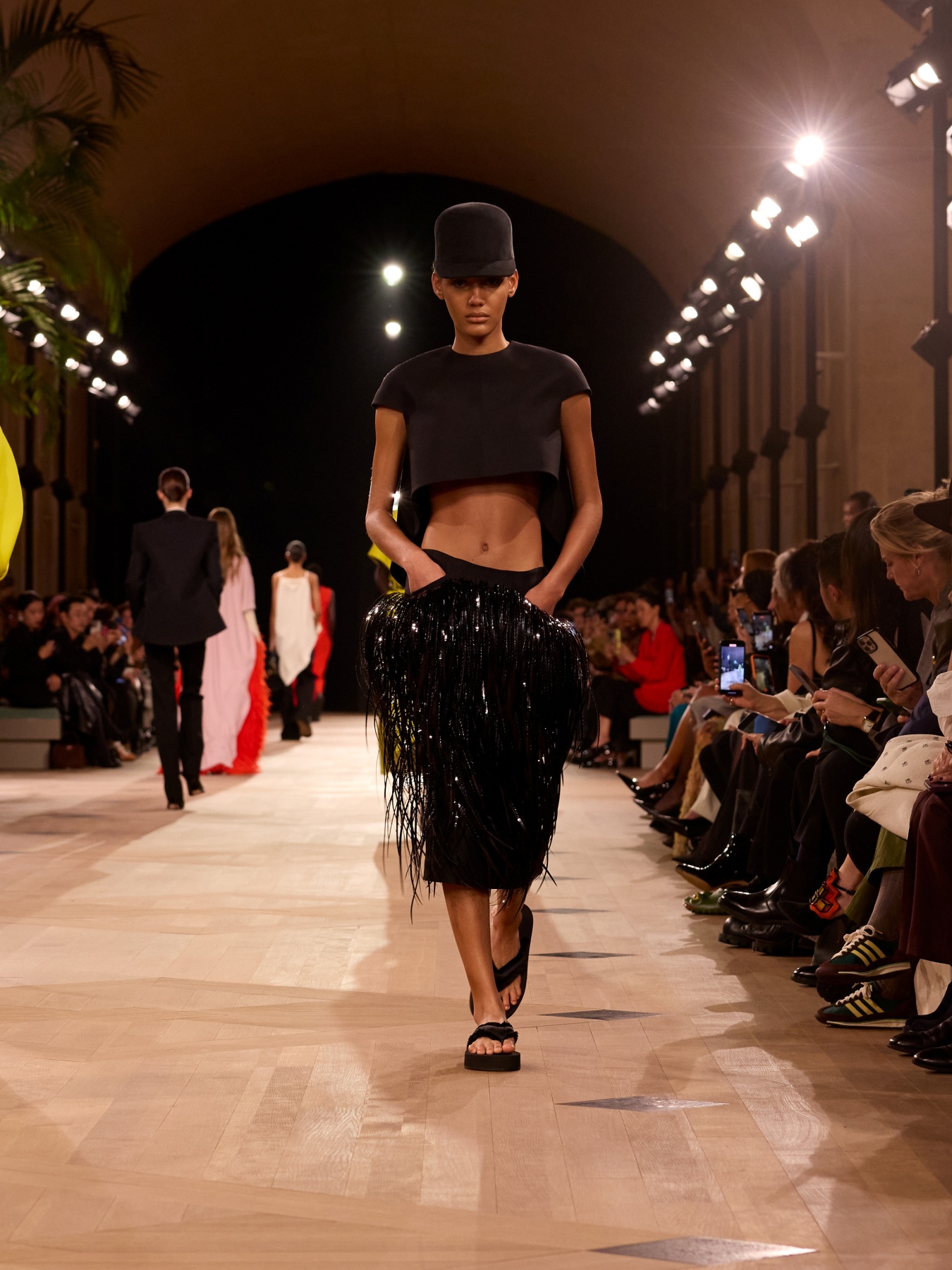

In the teaser video for the Summer 26 collection, the word “HUMAN” appeared in frequent flashes.
Humanism has long been a signature of Pierpaolo Piccioli. He sees haute couture as a dialogue or experiment between designer, artisan, and wearer.
Having studied literature in his early years and once dreamed of becoming a film director, his creative inspirations come from art, philosophy, literature, and music. In his fashion work, he is known for conveying gentle yet resolute power through minimalist color palettes, elegant silhouettes, and a profound humanistic touch, winning over audiences through emotional resonance and refined aesthetics.
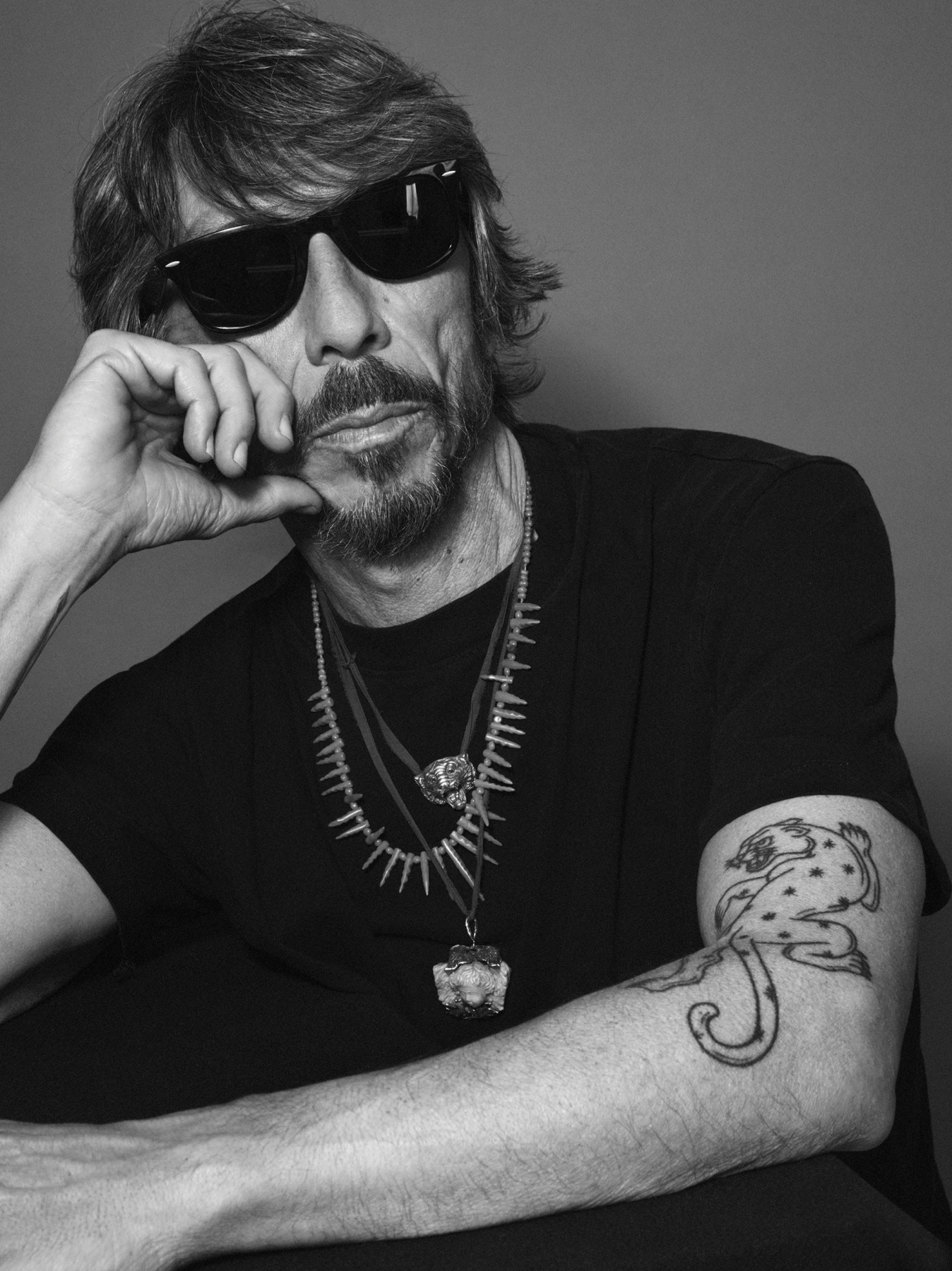
Image above: Pierpaolo Piccioli
“All achievements are created by humans, and the real emotional experience of people in their work is what truly matters,” Pierpaolo Piccioli wrote in a handwritten letter after his appointment as Creative Director of Balenciaga.
In a recent interview, he further emphasized his vision of shaping a new fashion image for the brand centered on “humanity and intelligence.”
By infusing Balenciaga’s historically cold and detached tone with this profound concern for “humanity,” the resulting contrast at his debut show was unexpectedly compelling.
In essence, this return to humanism is not only an expression of Piccioli’s personal style but also a deep reconnection with Balenciaga’s founding philosophy and spirit. It strikes a resonant emotional chord for the modern audience.
Balenciaga’s founder, Cristóbal Balenciaga, adhered strictly to handcrafted haute couture, tailoring each garment to the specific body characteristics of the wearer to ensure both fit and comfort.
He believed clothing should be designed for a body in motion. He never sketched his designs or relied on technical drawings; instead, he created directly on the mannequin.

Image above: In the late 1940s, Cristóbal Balenciaga revolutionized back silhouettes. His puffed or flared-back designs starkly contrasted with popular shapes of the time. These innovations separated fabric from the body, achieving both comfort and striking volume—an architectural elegance.
He had the ability to use clothing to transform imperfect female bodies into ideal forms. He once said, “A woman doesn’t need to be beautiful to wear the clothes I design because my clothes will make her perfect.”
He encouraged models by saying, “Stop dieting. It’s my job to make sure no one can tell you’ve gained weight when wearing my designs.”
In the mid-20th century, such liberating views on the female body were ahead of their time and profoundly reshaped the aesthetic paradigm of womenswear.
Aesthetic Resonance Across Time
An interesting coincidence: in 2018, the first photo Pierpaolo Piccioli ever posted on his personal Instagram was of Cristóbal Balenciaga’s 1967 One-piece wedding dress. Inspired by this piece, Pierpaolo Piccioli captioned the post with his design philosophy: “Simplicity is the solution to complexity.”
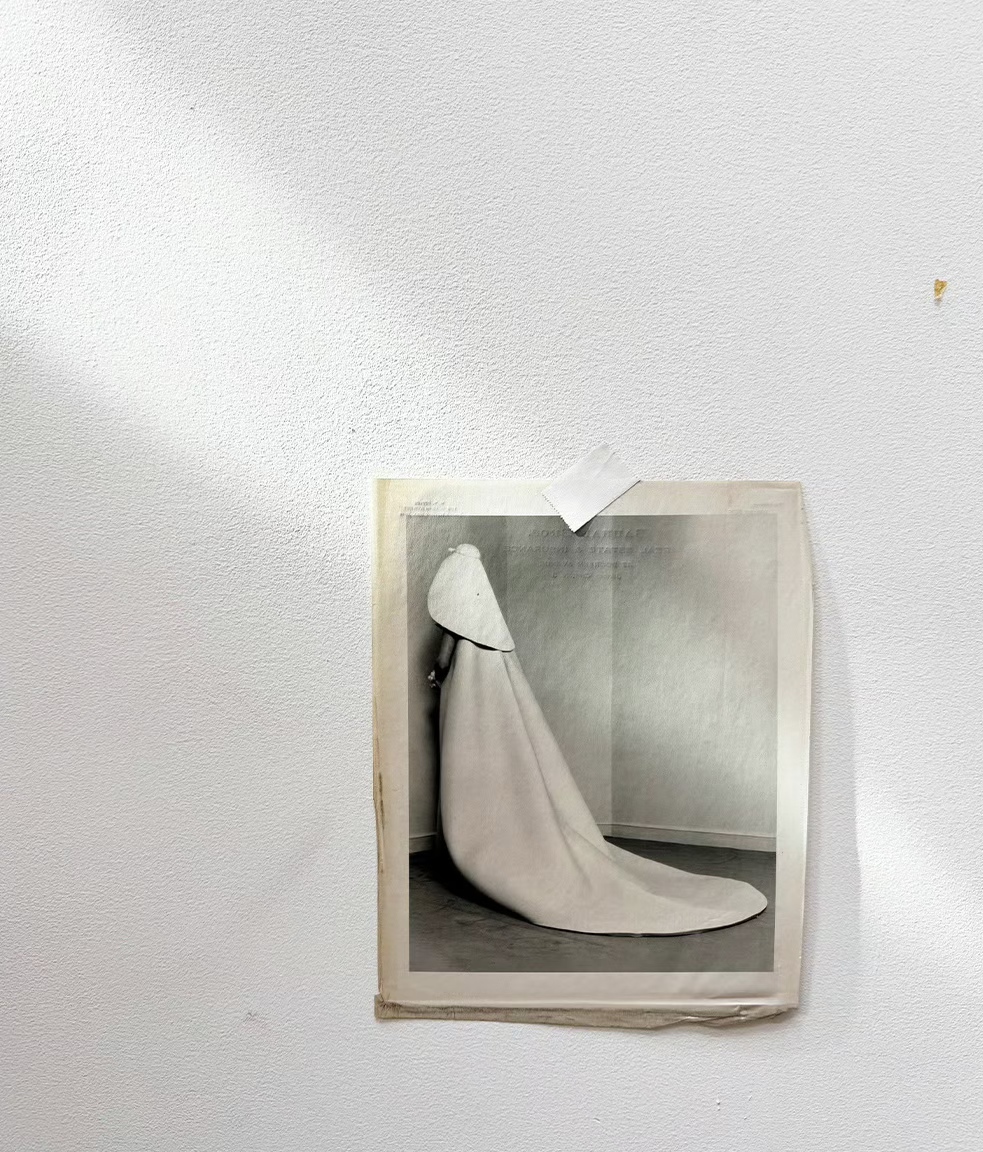
Image above: Cristóbal Balenciaga’s One-piece wedding gown, designed in 1967, featured just three seams in a single piece of fabric. Its flowing, voluminous silhouette, created with minimal construction, is hailed as a milestone in minimalist fashion.
In interviews, Pierpaolo Piccioli has discussed his many resonances with Cristóbal Balenciaga. Both came from humble backgrounds and were self-taught designers. Cristóbal Balenciaga’s innovative spirit and haute couture principles deeply inspired later generations.
The Summer 26 show offered direct visual evidence of their kindred design philosophies and techniques:

Image above: The first look of the Summer 26 show instantly recalls the iconic Sac Dress that Cristóbal Balenciaga introduced in 1957. Often called a “sculptor” and “architect” of fashion, Balenciaga used his signature silhouettes to challenge traditional ideals of the female body. His work left a lasting mark on designers like Hubert de Givenchy and André Courrèges.

Image above: Cristóbal Balenciaga refused to use shoulder pads or hidden supports, choosing instead to explore fabric behavior to sculpt shape. In 1958, he collaborated with textile manufacturers to create GAZAR—a stiff silk fabric that retained structure without external reinforcement.
In the new collection, Pierpaolo Piccioli continues this exploration of the relationship between fabric and the body, debuting a new material called NEO GAZAR. This innovation incorporates blended weft yarn into layers of organza, preserving the signature airiness and lightness of the original while reducing rigidity, making it more suitable for haute couture tailoring.

Image above: In the 1960s, Cristóbal Balenciaga was known for his black-and-white geometric designs. His bold and clever combinations, like mustard yellow with deep berry, or gray-green with dark magenta, became signature palettes.
Pierpaolo Piccioli previously sparked a romantic color revolution with his iconic “PP Pink” at Valentino. In Balenciaga’s Summer 26 collection, he applied saturated hues like royal purple, lime yellow, and scarlet red as accents to soften the overall palette.
Standing on the Shoulders of the “Couture King”: Can Pierpaolo Piccioli Unlock New Possibilities for Contemporary Haute Couture?
— Cristóbal Balenciaga’s World of Couture
Cristóbal Balenciaga, founder of Balenciaga, has long been hailed by the media as the “King of Haute Couture.”
Coco Chanel once remarked, “Cristóbal Balenciaga is the only true couturier. Only he is able to cut, assemble, and sew a dress entirely by himself. The others are simply fashion designers.”
Over the course of his career, Balenciaga completed no fewer than 49 haute couture collections. Both in concept and scale, his contributions left an indelible mark on the fashion world.
His pioneering work in haute couture laid the foundation for what remains the most essential pillar of the Balenciaga brand.
Since 2021, Balenciaga has resumed its haute couture collections and has, in recent years, continued to spotlight this heritage through exhibitions of archival pieces.
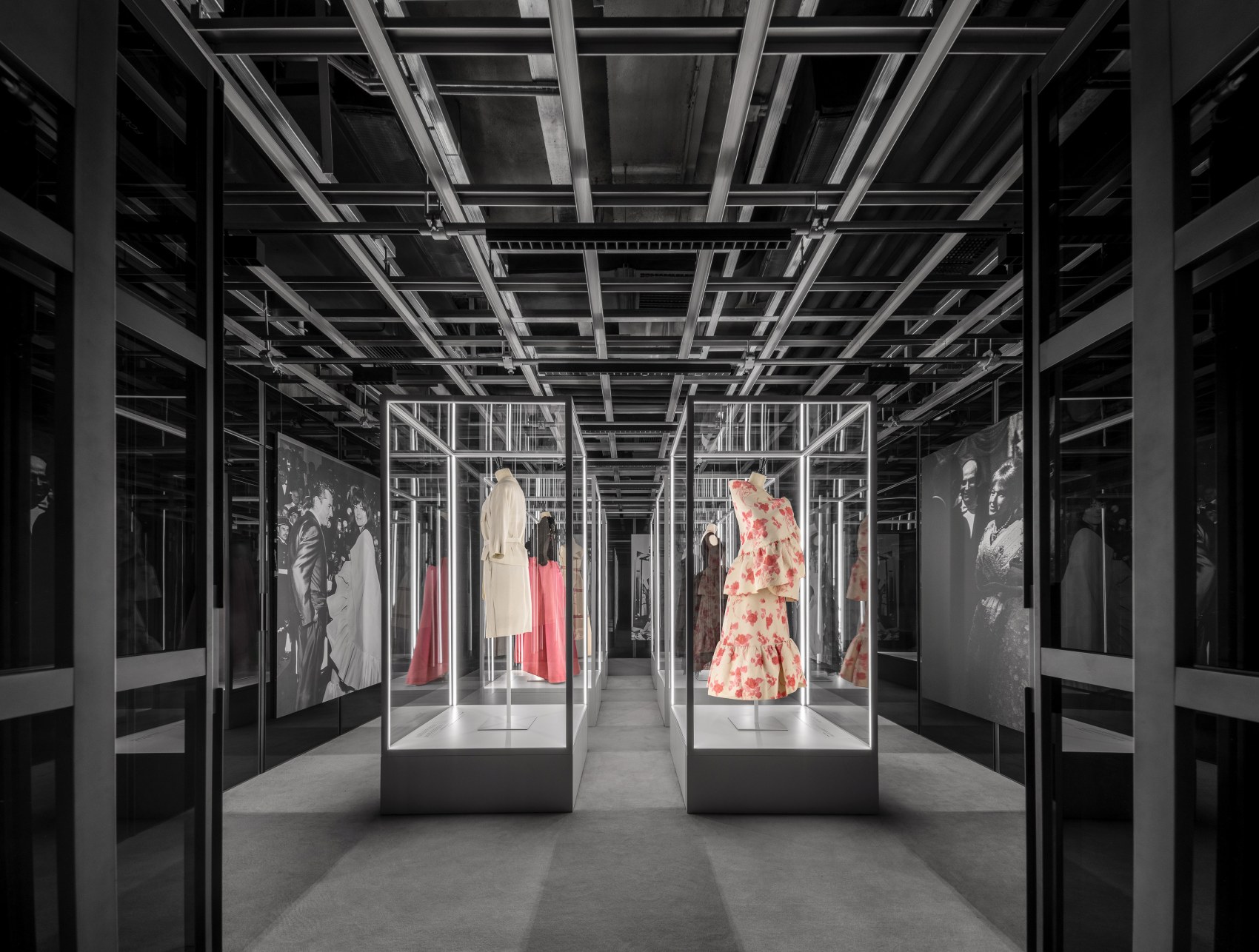
Image above: “Women Behind the Dress” — an archival couture exhibition held this year at Balenciaga’s Sanlitun Taikoo Li flagship in Beijing
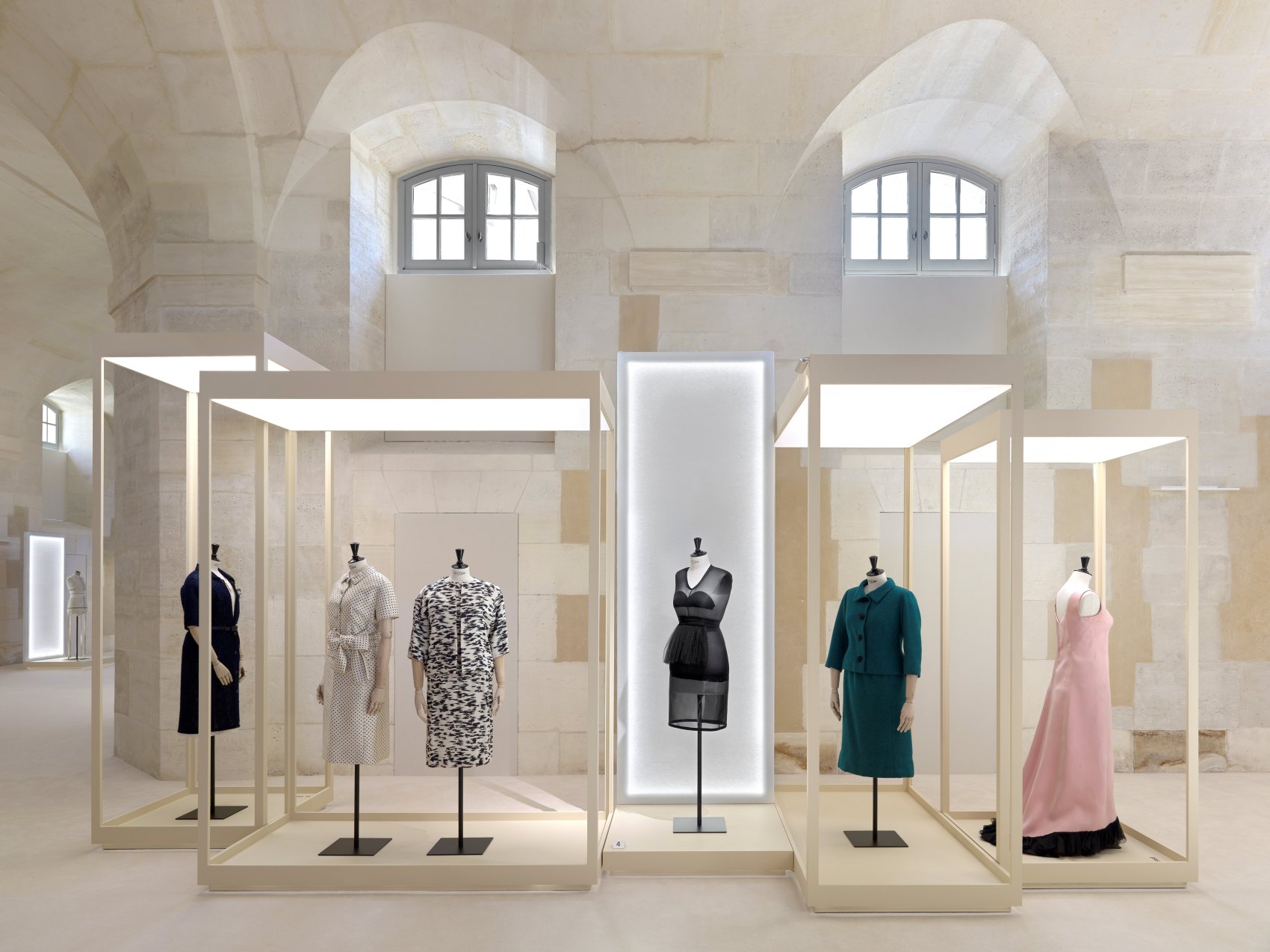
Image above: “The Woman Behind the Dress” special exhibition presented by Balenciaga during European Heritage Days 2023
— Pierpaolo Piccioli’s Haute Couture Mastery
Pierpaolo Piccioli’s haute couture prowess has long been evident in the dreamlike spectacles he created at Valentino.
Pierpaolo Piccioli worked at Valentino for 25 years, nearly a decade of which he led the brand independently, and collaborated closely with legendary fashion designer Valentino Garavani. His haute couture womenswear is renowned for its refined minimalism in tailoring and dramatic silhouettes. With meticulous attention to every stage of the creative process, he developed a distinctive aesthetic language and earned an exceptional reputation in the industry.
In Pierpaolo Piccioli’s appointment announcement, Francesca Bellettini, Deputy CEO of Kering, specifically praised his deep understanding of couture.
At the Balenciaga Summer 26 show, he showcased his technical command with dresses trimmed in exaggerated feathered hems, sculptural leather tops, and floor-length gowns resembling fur, demonstrating his craftsmanship with confidence.
It is foreseeable that following this ready-to-wear debut, Balenciaga’s couture tradition, rooted in the vision of its founder, will continue to evolve and thrive.



— Embracing the “Timeless Beauty” of Luxury
Demna’s extraordinary creativity once catapulted Balenciaga back into the fashion spotlight.
Today, however, high-net-worth clientele place greater importance on authenticity, emotional resonance, and cultural depth.
Now is the time for Balenciaga not only to enjoy its current momentum but also to embrace timeless beauty, distancing itself from fleeting trends to reaffirm its true essence.
Haute couture holds unique value for luxury brands. It represents the pinnacle of craftsmanship, historical depth, and aesthetic refinement—a singular expression of a brand’s identity and irreplicable value.
Balenciaga’s couture DNA, paired with Pierpaolo Piccioli’s credentials in haute couture, will help reinforce the house’s stature as a classic luxury brand and lay the groundwork for long-term stability.
Balenciaga joined the Kering Group in 2001. Analysts at Bernstein estimate the brand’s revenue grew from €350 million in 2014 to €2.5 billion in 2022, making it one of Kering’s fastest-growing brands in recent years.
Earlier this year, Balenciaga welcomed a new CEO—Gianfranco Gianangeli, formerly of Saint Laurent, and with past experience at Maison Margiela, Givenchy, and Prada.
Together with Pierpaolo Piccioli, credited with Valentino’s revival, the two are expected to lead Balenciaga through a dynamic market landscape and toward a more inclusive, cross-generational vision.
Conclusion
In the Summer 26 collection, Cristóbal Balenciaga’s iconic Sac dress and cape-like leather coats appeared alongside Demna’s cat-eye sunglasses, low-rise fitted pants, and “Double B” logo belts. The once-edgy design language of Balenciaga has been deconstructed and harmoniously reassembled into a more inclusive visual symphony.
Here’s an interesting detail: after the show, Pierpaolo Piccioli took his bow wearing a pair of Demna-designed 3XL sneakers.
This latest runway collection by Pierpaolo Piccioli felt like a gentle humanistic rebellion, a recalibration following an era driven by algorithms and traffic.
Notably, in June of this year, Demna also held his 10-year retrospective show at Balenciaga at the same Kering headquarters in Paris.

Located at 40 Rue de Sèvres, the historic Kering headquarters is a cultural treasure in Paris. Formerly the Hôpital Laennec, established in 1634, it has served as Kering’s and Balenciaga’s home since 2016.
Today, this storied building bears witness to a significant moment of transition, as Pierpaolo Piccioli embarks on a new chapter for the brand.
As he described in the show notes, this marks a “recalibration.”
This collection is not a sudden departure from Balenciaga’s past decade. Instead, Pierpaolo Piccioli is constructing a quiet yet profound balance between Cristóbal Balenciaga, his creative heirs, and Demna, who reshaped the brand’s modern identity. In doing so, he is preparing Balenciaga to mature into a luxury house that stands the test of time.
Founded in 1917, Balenciaga is approaching its 110th anniversary. We look forward to seeing how the next chapter in the brand’s story unfolds under the leadership of its new Creative Director, Pierpaolo Piccioli.
For Chinese audiences, the Spring 25 show in Shanghai last May remains vivid in memory. We eagerly await Pierpaolo Piccioli’s first show in the Chinese Mainland. When will that take place?
| Image Credit: Courtesy of Balenciaga
| Editor: Elisa


